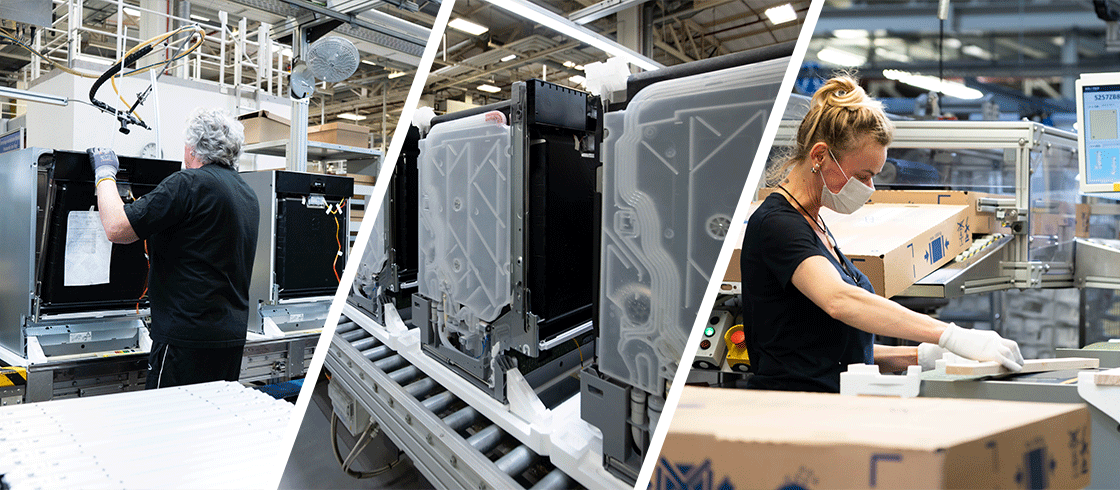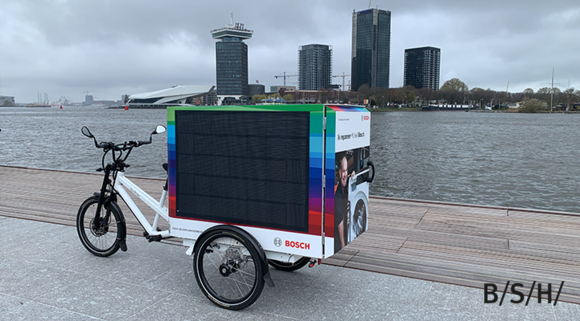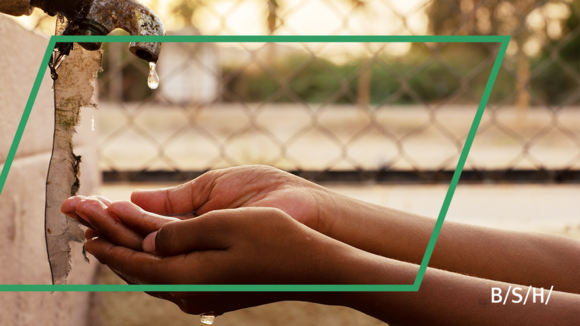Improving Quality of Life for Earth
We could tell you that BSH has adopted a new Materials and Substances Strategy, throw technical KPIs at you, and leave you with six pages of strategy to read. Instead, we will outline why this is so important for the future of our company. With this new strategy, we are paving the way for increasingly sustainable use of resources as well as the end of the throwaway mentality.
Why is BSH’s Materials and Substances Strategy such a big deal?
The volume of globally generated electronic waste is still steadily increasing. Only 17.4 percent of this was documented for collection and properly recycled. Even in the European Union, less than 40% of all electronic waste is recycled.
At BSH, we want to stop this trend. That is why we pledge ourselves to the principles of Circular Economy. The ultimate goal is to close material cycles so that little to no waste is generated. So why don’t we start already today, if we know about the solution?
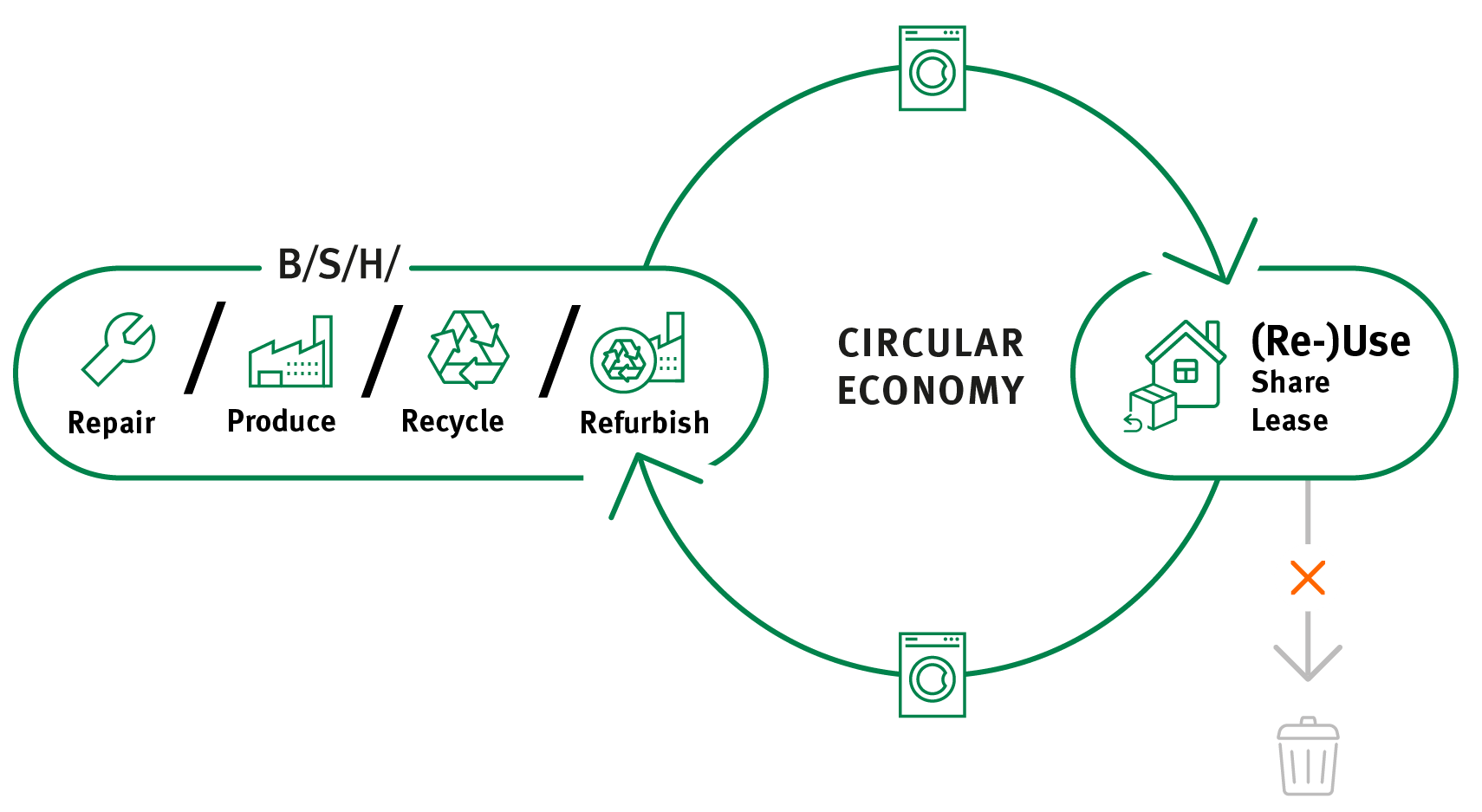
Two major things need to change before we can realize a Circular Economy:
1. The return of products after their usage must become the rule. This is why we are driving new circular business models such as BlueMovement or WeWash (link to Circular Economy discussion).
2. Products must be designed in a way so that they can be easily dismantled and recycled. Here the new Materials and Substances Strategy comes into play.
Joerg Lindemann, who has worked extensively on the strategy, describes in drastic terms:
“The way we make our products needs to change. What was seen as a great success for the last decades is now part of the problem: Raw materials that are hardly or not recyclable and therefore a high environmental burden, components with unknown material composition, inseparable material bindings, and substances of very high concern – we must avoid all of this in the future if we are serious about protecting the environment.”
So what’s new? “With our strategy, we have set ambitious targets for an increased share of recycled materials, the reduction of our material’s CO2 footprint and its recyclability”, explains Joerg Lindemann. “Moreover, we have set new targets to avoid critical substances, since this is also an important requirement for high-quality material recycling. “
The following table sums up the long-term targets of the strategy:

How do we reach better recyclability of materials in our products?
Already at the design and construction stage, we have to ensure the use of the right, environmentally friendly materials. One aspect is the recyclability of the used materials, where we focus on mechanical or feedstock recycling. Ideally, household appliances should be manufactured again in the future from the recyclates of waste appliances.
Another aspect concerns the avoidance of critical substances, which could disturb the recycling process or limit the use of the recycled material. In addition, we also need to look at joining techniques: Permanent fixing by gluing or welding should be avoided for components that have to be separated before automated recycling processes start. Instead, click/snap-solutions would enable easy removal. Specifically, we must avoid inseparable bonds of different materials, as well as multilayer plastics (“2K”) if they cannot be separated mechanically.
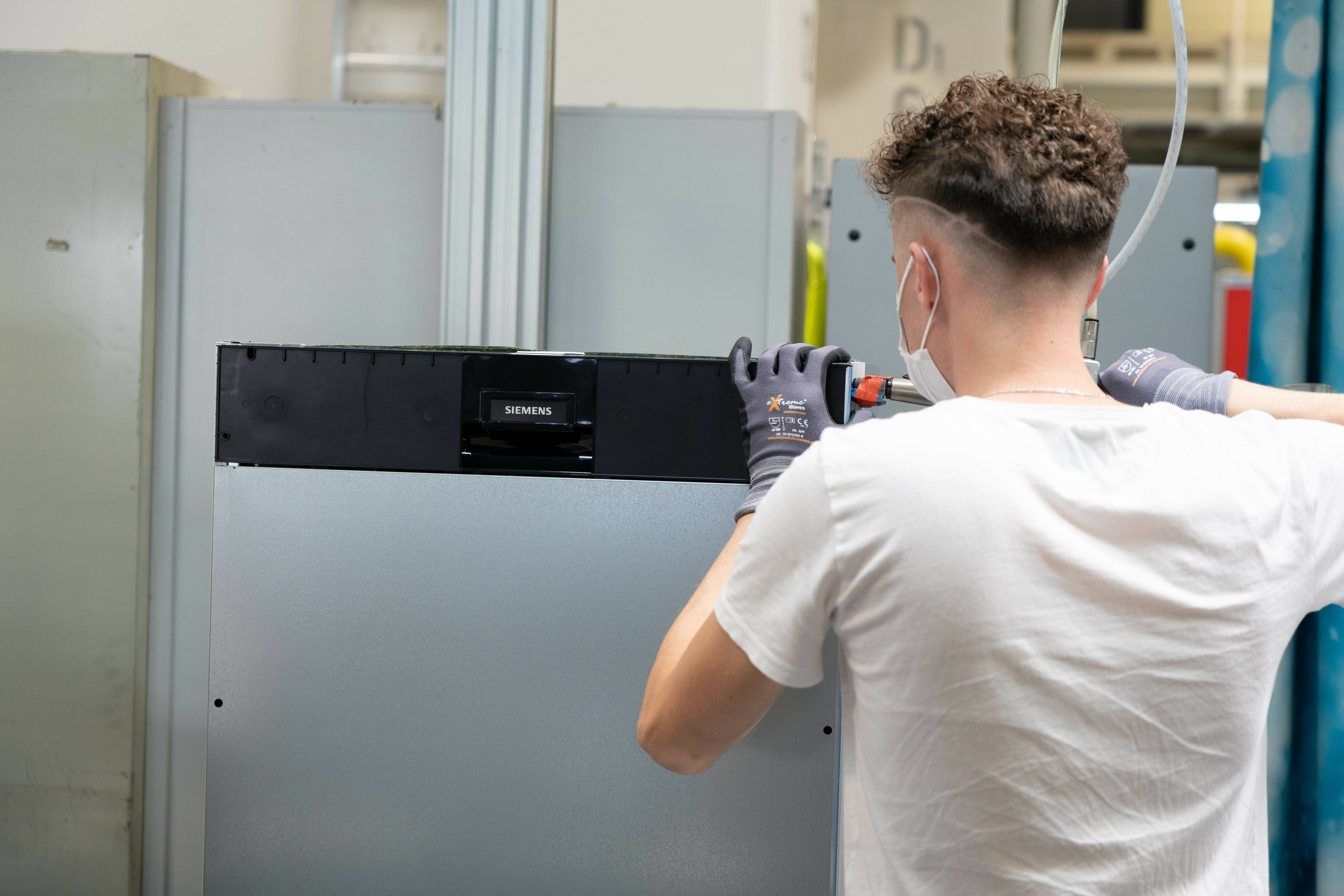
Using durable materials is an essential part of BSH's sustainability efforts. In the photo above, a Siemens dishwasher is carefully assembled at our factory in Dillingen, Germany
Why do we need the new strategy?
On the one hand, we want to be prepared for expected future legal requirements, for example for new ecodesign directives or chemicals regulations. On the other hand, we want to meet the growing expectations from our consumers. This way, we can secure our market position while implementing our corporate strategic objectives. These also include “Be a role model in sustainability”.
-------------------------------------------------------------------------------------------------------------------------------------------------------------
If you want to learn more about our circular economy efforts, check out our Q&A panel below:
Sources:
https://www.statista.com/statistics/499891/projection-ewaste-generation-worldwide/
https://www.europarl.europa.eu/news/en/headlines/society/20201208STO93325/e-waste-in-the-eu-facts-and-figures-infographic

